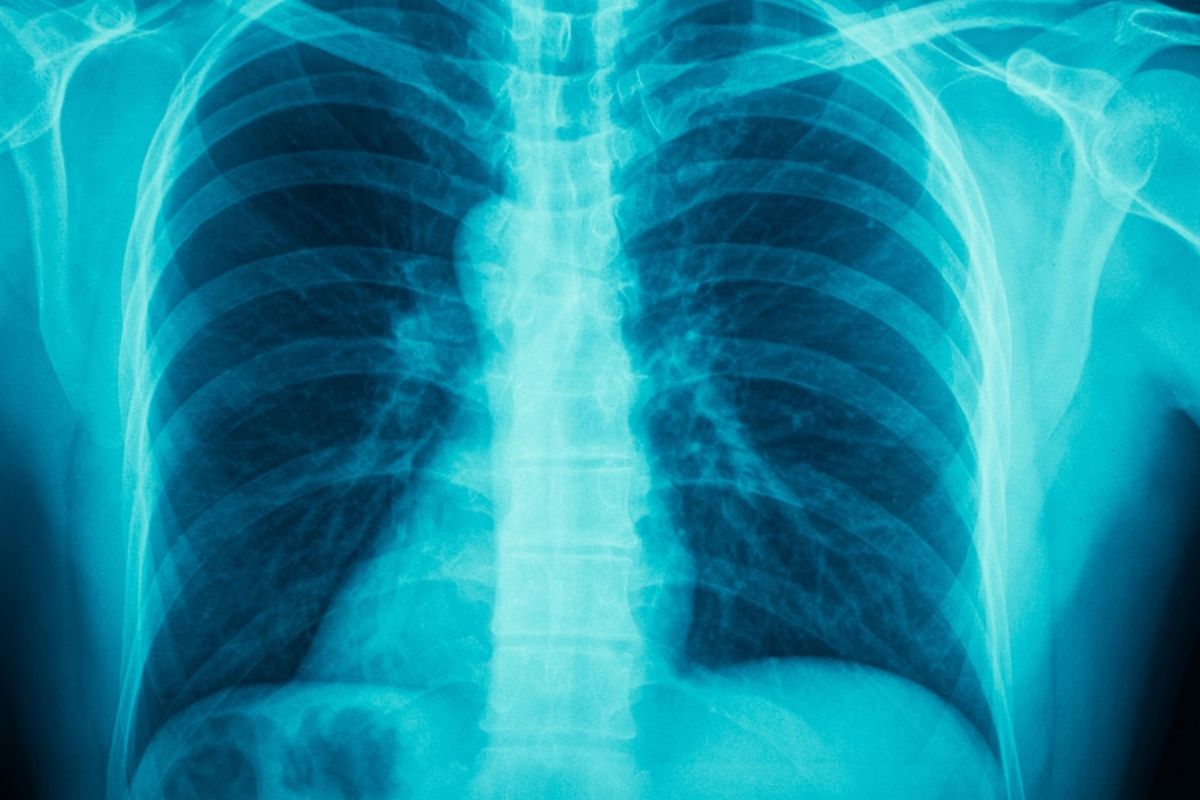
Dust-induced lung disease is a serious condition that affects many people worldwide. But what exactly is it? Dust-induced lung disease refers to respiratory issues caused by inhaling dust particles over time. These particles can come from various sources like construction sites, mines, or even household dust. Symptoms often include coughing, shortness of breath, and chest tightness. Understanding this condition is crucial for prevention and management. In this blog post, we’ll dive into 30 essential facts about dust-induced lung disease to help you stay informed and protect your lungs. Ready to breathe easier? Let’s get started!
Key Takeaways:
- Dust-induced lung disease, caused by inhaling harmful dust particles, can lead to serious health issues. Symptoms include chronic cough, shortness of breath, and chest tightness, impacting daily life and overall well-being.
- Prevention involves wearing protective gear, improving ventilation, and regular health screenings. Early diagnosis through chest X-rays and CT scans is crucial for managing the disease and preventing further lung damage.
What is Dust-Induced Lung Disease?
Dust-induced lung disease, also known as pneumoconiosis, results from inhaling various types of dust particles. These particles can cause inflammation and scarring in the lungs, leading to serious health issues.
- Pneumoconiosis is a broad term for lung diseases caused by inhaling dust, including silicosis, asbestosis, and coal worker's pneumoconiosis.
- Silicosis occurs from inhaling silica dust, commonly found in mines, foundries, and construction sites.
- Asbestosis results from asbestos fiber inhalation, often seen in construction and shipbuilding industries.
- Coal worker's pneumoconiosis, also known as black lung disease, affects miners who inhale coal dust.
Symptoms of Dust-Induced Lung Disease
Recognizing the symptoms early can help in managing the disease better. Symptoms often develop slowly and worsen over time.
- Chronic cough is a common symptom due to lung irritation from dust particles.
- Shortness of breath occurs as the lungs become scarred and less efficient at oxygen exchange.
- Chest tightness and pain can result from inflammation and scarring in lung tissues.
- Fatigue is frequent as the body struggles to get enough oxygen.
- Weight loss may happen due to decreased appetite and energy levels.
Causes and Risk Factors
Understanding the causes and risk factors can help in prevention and early detection of the disease.
- Occupational exposure is the primary cause, especially in industries like mining, construction, and manufacturing.
- Smoking can exacerbate the effects of dust inhalation, increasing the risk of lung disease.
- Genetic predisposition may make some individuals more susceptible to developing pneumoconiosis.
- Duration of exposure plays a significant role; longer exposure increases the risk.
- Type of dust inhaled also matters; some dust particles are more harmful than others.
Diagnosis of Dust-Induced Lung Disease
Early diagnosis is crucial for managing the disease and preventing further lung damage.
- Chest X-rays are often the first step in diagnosing pneumoconiosis, revealing lung scarring and inflammation.
- CT scans provide a more detailed view of the lungs, helping to identify the extent of damage.
- Pulmonary function tests measure how well the lungs are working, indicating any impairment.
- Bronchoscopy involves inserting a thin tube into the lungs to collect tissue samples for analysis.
- Blood tests can help rule out other conditions and assess overall health.
Treatment Options
While there is no cure for dust-induced lung disease, various treatments can help manage symptoms and improve quality of life.
- Medications like bronchodilators and corticosteroids can reduce inflammation and open airways.
- Oxygen therapy helps patients with severe lung damage breathe more easily.
- Pulmonary rehabilitation involves exercise and education programs to improve lung function and overall health.
- Lung transplant may be considered in severe cases where other treatments are ineffective.
- Lifestyle changes such as quitting smoking and avoiding further dust exposure are crucial for managing the disease.
Prevention Strategies
Preventing dust-induced lung disease involves reducing exposure to harmful dust particles and adopting protective measures.
- Wearing protective gear like masks and respirators can significantly reduce inhalation of harmful dust.
- Improving ventilation in workplaces helps to disperse dust particles, reducing their concentration in the air.
- Regular health screenings for workers in high-risk industries can help detect early signs of lung disease.
- Education and training on the risks of dust exposure and proper safety measures are essential for prevention.
- Using dust suppression techniques such as water sprays and vacuum systems can minimize dust generation in workplaces.
Impact on Quality of Life
Dust-induced lung disease can significantly affect a person's daily life and overall well-being.
- Reduced physical activity due to breathing difficulties can lead to a sedentary lifestyle and related health issues.
Dust-Induced Lung Disease: Key Takeaways
Dust-induced lung disease, often overlooked, poses serious health risks. Prolonged exposure to dust can lead to conditions like pneumoconiosis, silicosis, and asbestosis. These diseases cause lung inflammation, scarring, and, in severe cases, respiratory failure. Protecting yourself involves wearing masks, ensuring proper ventilation, and regularly cleaning dusty environments.
Awareness is crucial. Many people don’t realize the dangers lurking in everyday dust. By understanding the risks and taking preventive measures, you can significantly reduce the chances of developing these diseases. Regular medical check-ups can also help catch any early signs of lung issues.
Stay informed and proactive. Your lungs will thank you. Remember, a little caution goes a long way in safeguarding your health. Dust might seem harmless, but its impact on your lungs can be profound. Stay safe, stay healthy.
Frequently Asked Questions
Was this page helpful?
Our commitment to delivering trustworthy and engaging content is at the heart of what we do. Each fact on our site is contributed by real users like you, bringing a wealth of diverse insights and information. To ensure the highest standards of accuracy and reliability, our dedicated editors meticulously review each submission. This process guarantees that the facts we share are not only fascinating but also credible. Trust in our commitment to quality and authenticity as you explore and learn with us.
